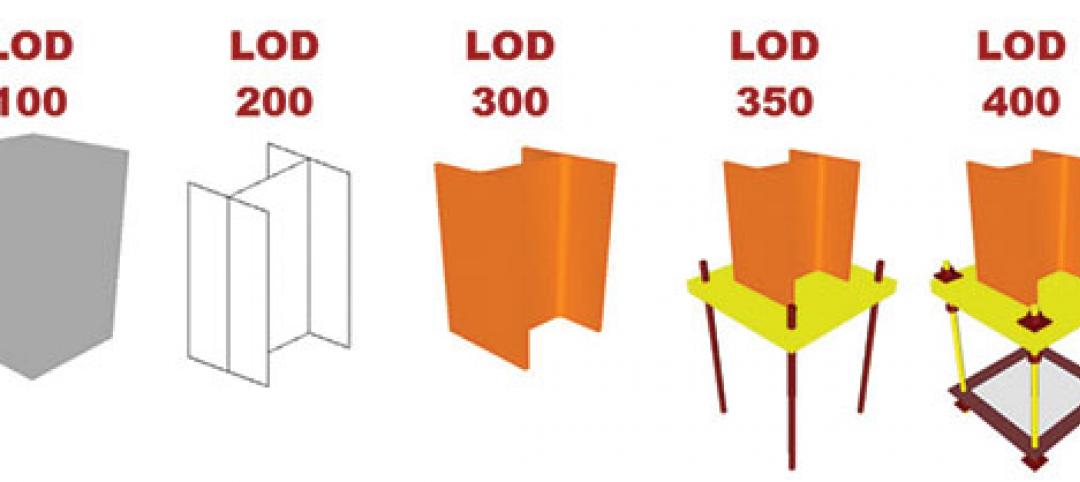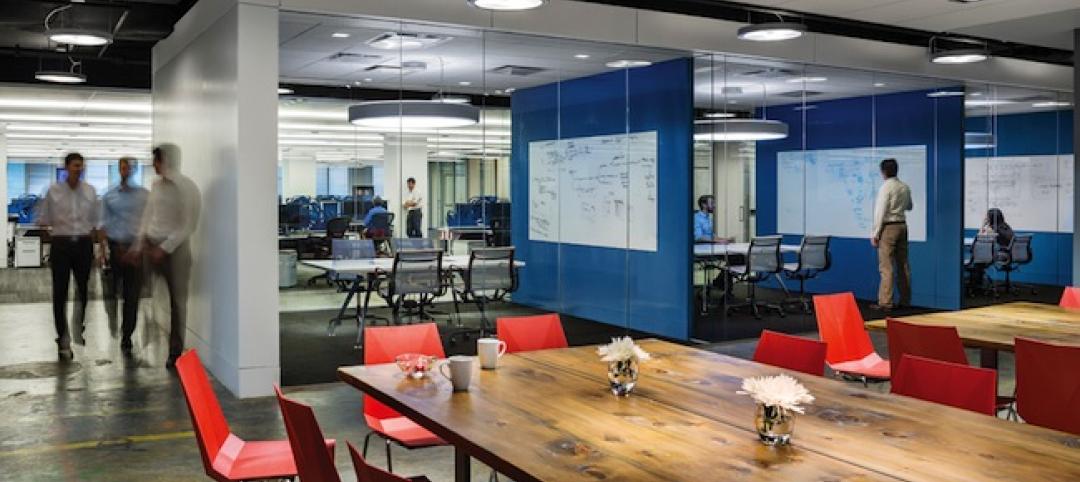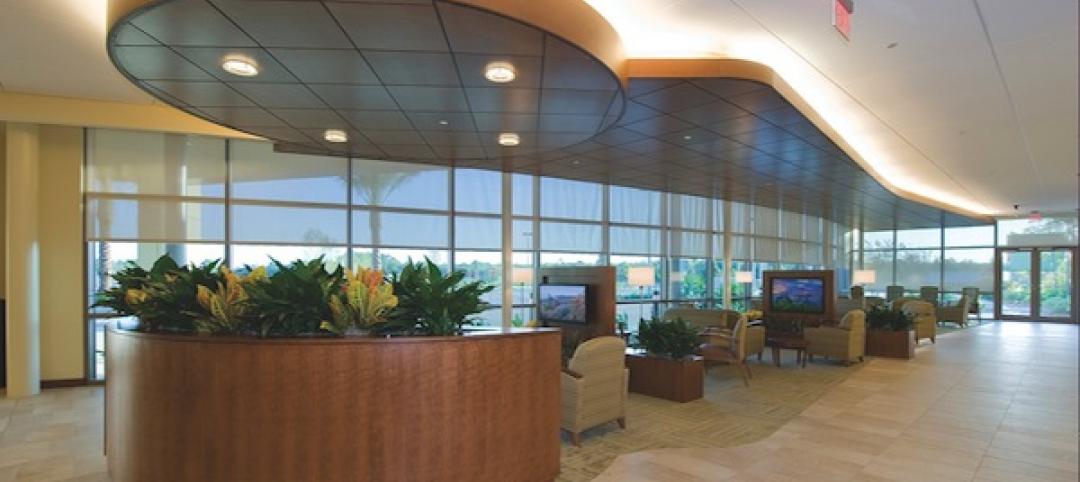Pittsburgh, PA — Top international design and architecture firm Perkins Eastman is pleased to announce that the Perkins Eastman Research Collaborative recently completed the “Design for Aging Review 10 Insights and Innovations: The State of Senior Housing” study for the American Institute of Architects (AIA). The results of the comprehensive study reflect the changing demands and emerging concepts that are re-shaping today’s senior living industry. The 250-page DFAR10 Insights Study is available on the AIA Design for Aging website www.aia.org/dfa.
Principal-in-Charge of the project Stefani Danes AIA, LEED AP says, “The report is a resource for professionals by providing information that can be used for evidence-based design. It addresses AIA Design for Aging’s goals of fostering design innovation and disseminating knowledge to enhance the built environment and quality of life for older adults.”
More than 90 leading-edge senior living projects from around the country, as well as several international projects, were evaluated to identify commonalities that reflect larger-scale trends and unique features that challenge those trends. Topics include:
- The growing prevalence of the household model
- The fact that more projects are offering a contemporary/modern feel
- Subtle innovations that may be signaling growing industry trends
- The recognition that more and more projects do not fit the traditional
- continuing care approach—suggesting a changing market perspective
Emily Chmielewski of the Perkins Eastman Research Collaborative, who led the research on the project, notes “The DFAR10 Insights Study will help the design community raise the bar on the quality of design solutions provided to the senior living industry as a whole.”
Perkins Eastman received a grant from the AIA to conduct this study, with matching funds provided by Perkins Eastman. This study is the second consecutive design award competition cycle that the Perkins Eastman Research Collaborative was engaged to perform the data analysis.
About the Perkins Eastman Research Collaborative
The Perkins Eastman Research Collaborative assists clients and designers in creating better-built environments by pushing the boundaries of professional knowledge and improving architectural design through innovative practice-based research. Through active engagement in dialogue, reflection, and design demonstration, the collaborative supports the development and exchange of pioneering ideas by helping designers and clients become more knowledgeable by challenging assumptions and by testing ideas.
About Perkins Eastman
Perkins Eastman is among the top architecture and design firms in the world. The firm prides itself on inventive and compassionate design that enhances the quality of the human experience. Because of its depth and range, Perkins Eastman takes on assignments from niche buildings to complex projects that enrich whole communities. The firm’s practice areas include education, housing, healthcare, senior living, corporate interiors, cultural institutions, public sector facilities, retail, office buildings, and urban design. In 2010, Perkins Eastman announced it would merge with Ehrenkrantz Eckstut & Kuhn Architects (EE&K), significantly strengthening both practices with an international total of nearly 600 employees. Perkins Eastman provides award- winning design through its domestic offices in New York, NY; Boston, MA; Arlington, VA; Charlotte, NC; Chicago, IL; Oakland, CA; Pittsburgh, PA; and Stamford, CT; and internationally in Dubai, UAE; Guayaquil, Ecuador; Mumbai, India; Shanghai, China; and Toronto, Canada.
Related Stories
| Dec 28, 2014
The lowdown on LODs: Bringing clarity to BIM
These days, BIM is par for the course across most facets of design. But a lot of the conversation surrounding BIM still lacks clarity due to ambiguous terminology, a lack of clear-cut guiding illustrations, and widely varying implementation, writes GS&P's John Scannell.
| Dec 28, 2014
The future of airport terminal design: destination status, five-star amenities, stress-free travel
Taking a cue from the hospitality industry, airport executives are seeking to make their facilities feel more like destinations, writes HOK's Richard Gammon.
| Dec 28, 2014
10 key design interventions for a healthier, happier, and more productive workplace
Numerous studies and mountains of evidence confirm what common sense has long suggested: healthy, happier workers are more productive, more likely to collaborate with colleagues, and more likely to innovate in ways that benefit the bottom line, writes Gensler's Kirsten Ritchie.
| Dec 28, 2014
7 fresh retail design strategies
Generic ‘boxes’ and indifferent service won’t cut it with today’s savvy shoppers. Retailers are seeking a technology-rich-but-handmade vibe, plus greater speed to market and adaptability.
| Dec 28, 2014
Workplace design trends: Make way for the Millennials
Driven by changing work styles, mobile technology, and the growing presence of Millennials, today’s workplaces are changing, mostly for the better. We examine the top office design trends.
| Dec 28, 2014
AIA: Commercial glass façade and door systems
When it comes to selecting fenestration systems—particularly glass facades and door systems—a number of factors come into play, requiring a thorough evaluation of a project’s individual requirements.
| Dec 28, 2014
10 essential habits of successful architects
Want to take the next step as a design processional? John Gresko, Senior Project Architect with HDR, explores the traits that many great architects possess.
| Dec 28, 2014
10 unglamorous things architects do
An acquaintance recently asked me about the kinds of things I did on a day-to-day basis at work, anticipating a response loaded with enviable activities. She was wrong, writes HDR's John Gresko.
| Dec 28, 2014
New trends in ceiling designs and materials [AIA course]
A broad array of new and improved ceiling products offers designers everything from superior acoustics and closed-loop, recycled content to eased integration with lighting systems, HVAC diffusers, fire sprinkler heads, and other overhead problems. This course describes how Building Teams are exploring ways to go beyond the treatment of ceilings as white, monolithic planes.
| Dec 27, 2014
7 ways to enhance workplace mobility
The open work environment has allowed owners to house more employees in smaller spaces, minimizing the required real estate and capital costs. But, what about all of their wireless devices?
















